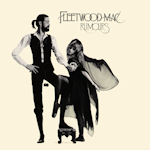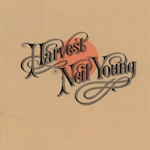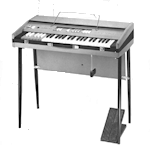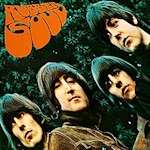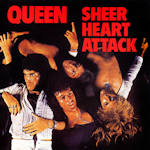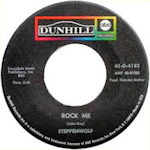
"Rock Me" is a song by the Canadian-American rock band Steppenwolf. Originally written for the 1968 feature film "Candy," it was released as the B-side to the single "Jupiter Child" on February 22, 1969 and appeared on their album "At Your Birthday Party." The single would later be issued with "Rock Me" as the A-side. The song features a hard-driving rhythm and blues-influenced guitar riffs, and it became one of the band's biggest hits.
"Rock Me" was written by Steppenwolf's lead singer, John Kay, and its lyrics have been taken to mean different things, including the objectification of women or concerns about the environment. The song's chorus repeats the phrase "rock me, baby, rock me, baby, all night long" with Kay's powerful vocals driving the song forward.
"Rock Me" was a commercial success, reaching number 10 on the Billboard Hot 100 chart in the United States. It also helped to establish Steppenwolf as one of the leading bands of the late 1960s and early 1970s. The band's music was known for its high-energy sound and socially conscious lyrics, and "Rock Me" is a prime example of their style.
Steppenwolf genealogy and discographyExplore Steppenwolf music on Amazon...


